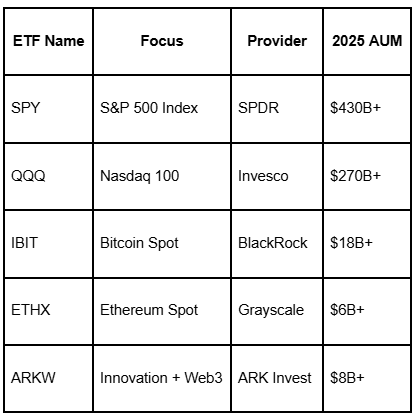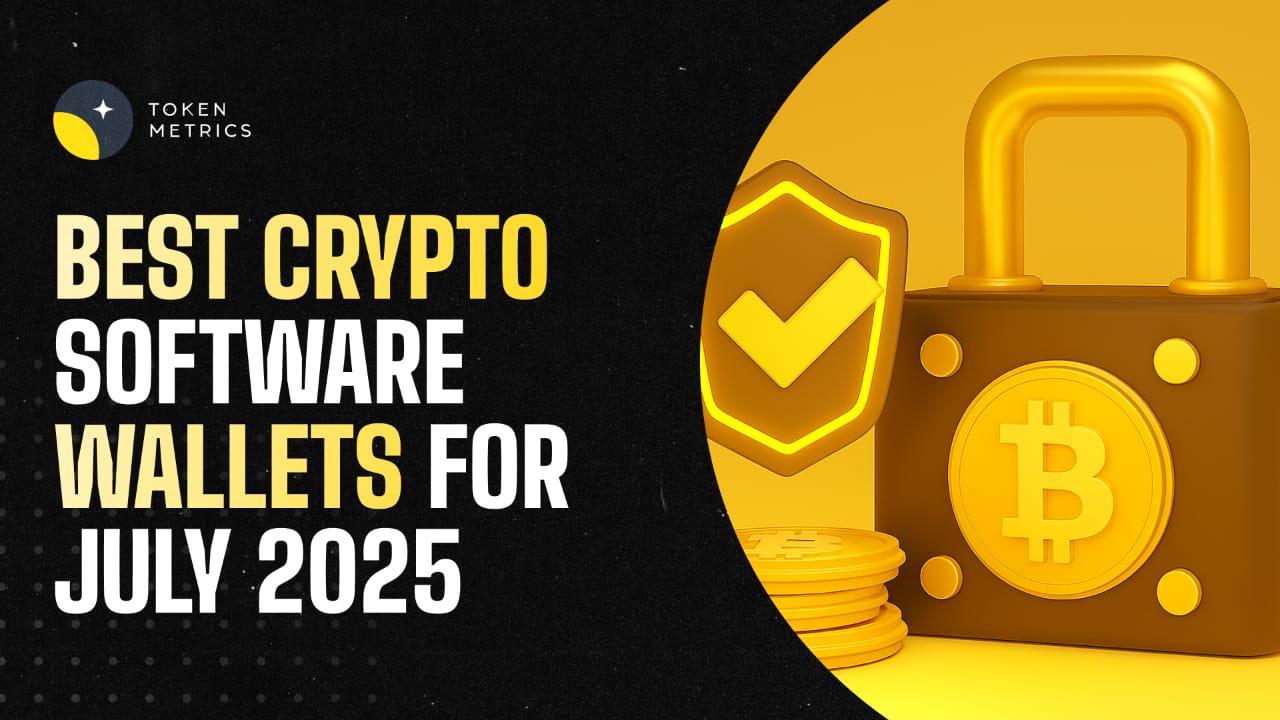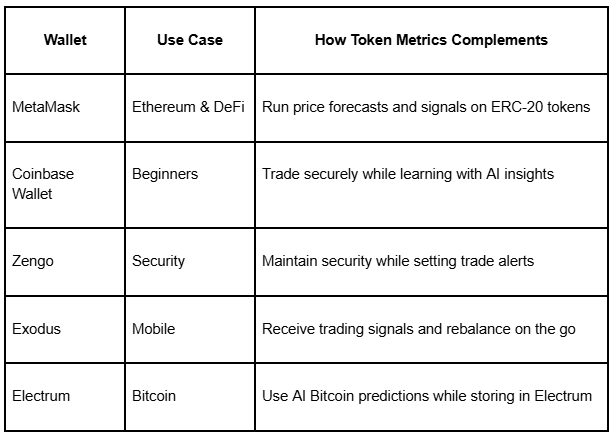
What is Ethereum Staking and How to Stake ETH?

As the blockchain landscape progresses, Ethereum remains at the forefront, providing individuals with a distinctive opportunity to actively participate in securing the network and earning rewards.
Among the various methods available, Ethereum staking holds particular significance. But what does Ethereum staking means, and how can one stake their ETH?
In this captivating blog post, we will explore everything about Ethereum staking, unravel its complexities, and provide a step-by-step guide on how to stake your valuable ETH.
What is Ethereum Staking?
Ethereum staking is the process of participating in the Ethereum network by locking up your ETH (Ethereum's native cryptocurrency) in a wallet to support the blockchain's security and consensus mechanism. When you stake ETH, you contribute to the network's operations and help validate transactions.
Ethereum is transitioning from a proof-of-work (PoW) to a proof-of-stake (PoS) consensus algorithm through the implementation of Ethereum 2.0.
PoS relies on validators who hold a certain amount of staked ETH to secure the network and create new blocks. In return for their participation, validators receive rewards in the form of additional ETH.
Why Stake Ethereum?
There are several reasons why individuals choose to stake Ethereum. Firstly, staking allows participants to earn passive income in the form of staking rewards.
By staking their ETH, individuals can receive additional tokens as an incentive for supporting the network. Additionally, staking helps to decentralize the network and improve its security, making it more resistant to attacks.
Requirements for Ethereum Staking
Before you can start staking ETH, you need to meet certain requirements:
Sufficient ETH Balance: You must possess a minimum amount of ETH to be eligible for staking. The exact amount may vary depending on the staking provider and Ethereum's network requirements.
Compatible Wallet: You need a wallet that supports Ethereum staking. Ensure that the wallet you choose is compatible with the staking process and allows you to delegate your ETH or stake it directly.
How to Stake Ethereum?
Here is the step by step process to start Ethereum staking -
1. Acquiring ETH - To stake ETH, the first step is to acquire Ethereum. You can obtain ETH through various cryptocurrency exchanges or platforms that support Ethereum transactions. Ensure that you choose a reputable and secure exchange to protect your funds.
2. Setting up an Ethereum Wallet - Before staking, you need to set up an Ethereum wallet to store your ETH securely. There are different types of wallets available, including hardware wallets, software wallets, and online wallets.
Hardware wallets, such as Ledger or Trezor, offer enhanced security by storing your private keys offline. Software wallets like MetaMask provide a convenient way to access your funds through a browser extension. Choose a wallet that aligns with your security needs and preferences.
3. Choosing a Staking Provider - Once you have acquired ETH and set up a wallet, the next step is to choose a staking provider. Staking providers are platforms or services that facilitate the staking process on your behalf.
They handle the technical aspects and ensure your staked ETH earns rewards. When selecting a staking provider, consider factors such as their reputation, fees, user interface, and customer support.
4. Deposit and Staking - After selecting a staking provider, you will need to deposit your ETH into their staking pool or contract.
The provider will guide you through the deposit process, which typically involves sending your ETH from your wallet to a specified address or smart contract.
Once your ETH is successfully deposited, it will be locked up for a specific period, during which you will earn staking rewards.
5. Monitoring and Managing Staked ETH -While your ETH is staked, it's important to monitor and manage your staking activities.
Stay updated with the performance of your staked ETH, including the rewards earned and any changes in the staking conditions.
Some staking providers offer detailed dashboards or notifications to keep you informed. Additionally, ensure you keep your wallet and staking software up to date with the latest security patches.
Ethereum 2.0 and Staking
Ethereum 2.0, also known as Eth2 or Serenity, is a major upgrade to the Ethereum network that aims to enhance scalability, security, and sustainability.
The transition to Ethereum 2.0 involves the implementation of the Proof-of-Stake consensus mechanism.
With this upgrade, staking will play a crucial role in securing the network and maintaining its operations. Ethereum 2.0 is expected to bring significant improvements to the Ethereum ecosystem.
Benefits and Risks of Staking ETH
Benefits of Staking ETH
There are several benefits to staking Ethereum:
- Earn Passive Income: By staking ETH, you can earn rewards for securing the network without actively participating in mining operations. Staking provides a passive income stream for your cryptocurrency holdings.
- Support the Network: Staking contributes to the security and decentralization of the Ethereum network. By staking ETH, you actively participate in the consensus mechanism and help maintain the integrity of the blockchain.
- Participate in Governance: Staking can also grant you voting rights in the Ethereum network. As a staker, you may have the opportunity to participate in on-chain governance decisions and shape the future of the platform.
Risks of Staking ETH
While Ethereum staking offers numerous benefits, it's important to be aware of the associated risks and considerations:
- Locked Funds: When you stake ETH, your funds are typically locked up for a specified period. Ensure that you are comfortable with this illiquid state and consider your liquidity needs before staking.
- Network Risks: Although Ethereum is a well-established blockchain, there are still inherent risks associated with network attacks, technical vulnerabilities, and protocol changes. Stay informed about potential risks and developments in the Ethereum ecosystem.
- Third-Party Risks: If you choose to stake through a staking pool or third-party provider, there may be additional risks involved. Research and select trustworthy providers with a strong reputation to mitigate these risks.
Future of Ethereum Staking
As Ethereum continues to grow and evolve, staking is likely to become even more prominent. With the full rollout of Ethereum 2.0, more users will have the opportunity to stake their ETH and contribute to the network's security.
The integration of staking services into various platforms and wallets will make it more accessible to a wider audience. Ethereum staking is poised to become an integral part of the cryptocurrency landscape.
Frequently Asked Questions
Q1. What are the benefits of Ethereum staking?
Ethereum staking offers several benefits. Firstly, stakers can earn passive income in the form of additional ETH rewards.
Secondly, by participating in staking, individuals contribute to the security and decentralization of the Ethereum network. Lastly, staking allows ETH holders to actively participate in network governance decisions.
Q2. Can I unstake my ETH at any time?
In most cases, staking ETH involves a lock-up period during which your funds are inaccessible. The lock-up period can vary depending on the staking provider or the specific staking contract you use.
However, many staking providers offer flexible staking options that allow you to unstake your ETH before the lock-up period ends, although this may incur penalties or reduced rewards.
Q3. Is staking ETH risky?
Staking ETH carries certain risks, as with any investment. The main risk is the potential loss of funds in case of network vulnerabilities or attacks.
However, Ethereum's robust and extensively tested ecosystem mitigates most of these risks. It's important to conduct thorough research, choose reputable staking providers, and follow best security practices to minimize any potential risks.
Q4. Can I stake any amount of ETH?
The minimum staking requirement may vary depending on the staking provider or the specific staking contract you choose.
Some providers have a minimum threshold, while others allow users to stake any amount of ETH. Be sure to check the requirements of your chosen staking provider before initiating the staking process.
Q5. Are there alternatives to staking for earning passive income with Ethereum?
Yes, there are alternatives to staking for earning passive income with Ethereum. One popular alternative is yield farming, which involves providing liquidity to decentralized finance (DeFi) protocols in exchange for interest or rewards.
However, yield farming typically carries higher risks and complexities compared to staking, so thorough research and understanding are essential.
Q6. How can I keep track of my staking rewards?
Most staking providers offer detailed dashboards or interfaces that allow users to track their staking rewards.
These interfaces display important information such as the amount of rewards earned, historical data, and any changes to staking conditions.
Additionally, some providers may send email notifications or updates directly to your registered email address.
Q7. How are staking rewards calculated?
Staking rewards are typically calculated based on factors like the amount of ETH staked, the duration of the staking period, and the overall network participation. Rewards can vary and are subject to change.
Q8. Can I stake a partial amount of Ethereum?
Yes, it is possible to stake a partial amount of Ethereum, provided it meets the minimum requirement set by the Ethereum network or the staking service.
Conclusion
Ethereum staking provides a means for individuals to actively participate in securing the Ethereum network while earning rewards.
The transition to the Proof-of-Stake mechanism with Ethereum 2.0 opens up new possibilities for stakers and investors. As the Ethereum ecosystem continues to thrive, staking is expected to play a vital role in its growth and decentralization.
Remember to stay informed about the risks and best practices associated with Ethereum staking to make informed decisions and maximize your rewards.
Disclaimer
The information provided on this website does not constitute investment advice, financial advice, trading advice, or any other sort of advice and you should not treat any of the website's content as such.
Token Metrics does not recommend that any cryptocurrency should be bought, sold, or held by you. Do conduct your own due diligence and consult your financial advisor before making any investment decisions.

.svg)

Create Your Free Token Metrics Account

.png)




%201.svg)
%201.svg)


%201.svg)








.png)
















.svg)




.png)